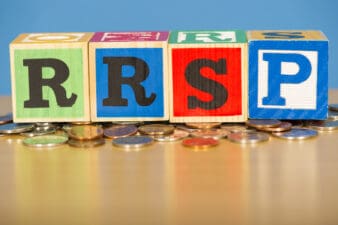Market analysts are starting to draw similarities between the 2008 recession and the current financial crisis. My observation is that today’s version is on steroids. The coronavirus is reducing not only the activities of global markets, but also people’s activities.
The $82 billion rescue package by the Canadian government helped the TSX stem the downturn. There was a three-day rally beginning on March 24, 2020, but equities sputtered only to fall again by 5.11% to 12,687.70 on the fourth day.
Economic and public health threat
Canada was not spared from the financial crisis that began in 2007. Economies were intact in 2008, although credit markets were frozen. The Canadian economy was holding ground until the collapse of oil prices. The government’s immediate response then was to restore stability and liquidity in the financial markets.
Fortunately, investors and financial institutions were not as exposed to despicable losses versus their U.S. counterparts. The implementation of unconventional policies did not place the banking system in danger of insolvency. Hence, the effect of the recession was milder in Canada.
After nearly 12 years, now comes a pandemic that could prove to be so much worse. The public health threat is far more worrisome that the economic tsunami COVID-19 will be exacting.
The government is advising the people to stay at home, follow the social distancing directive strictly and avoid non-essential travel to stop the spread of the infection.
In his latest press briefing, Prime Minister Justin Trudeau said there will be a new $2 billion spending to procure items such as face shields, masks, and gowns, among others, to protect the health workers on the front lines.
Same barometer
None of the banking giants in Canada requested a bailout from the government in the 2008 financial crisis. The Big Five banks, including Bank of Nova Scotia (TSX:BNS)(NYSE:BNS), were too big to fail. We could be looking at the same barometer in the vicious market selloff investors are seeing today.
The economic fallout from the COVID-19 calamity is going to be immense. It would take a solid rescue package and calculated plan execution if Canada is to hurdle a pandemic-induced recession.
In order to avoid getting getting wiped out, the government is working to give financial relief to individuals and monetary support to otherwise profitable businesses facing closures.
Scotiabank joined industry peers in reducing prime rates to 2.45% effective March 30, 2020. By cutting prime rates, the top lenders are helping the country withstand the economic fallout from COVID-19.
Aside from offering six months’ mortgage moratorium for clients, Scotiabank would be paying one-time bonuses on top of daily payments to employees. Also, customer service employees who are off duty but are reporting for work will receive extra pay.
Far from the danger zone
A stress test conducted by Canaccord Genuity reveals that if the lockdown continues, banks’ profitability will drop by an average of 32% for fiscal 2021. But analysts see no dividend cuts by the big banks, including Scotiabank.
For this bank, the only slide of dividends happened in 2008. Following the crisis, Scotiabank was able to achieve stable dividend growth while keeping the payout ratio in check. The growth was quicker in the years between 2010 and 2012.
Investors can take comfort in the resiliency of Canada’s banking sector. Payout ratios aren’t seen to rise beyond 80%. The only danger zone is when the level reaches 90% at worst.








